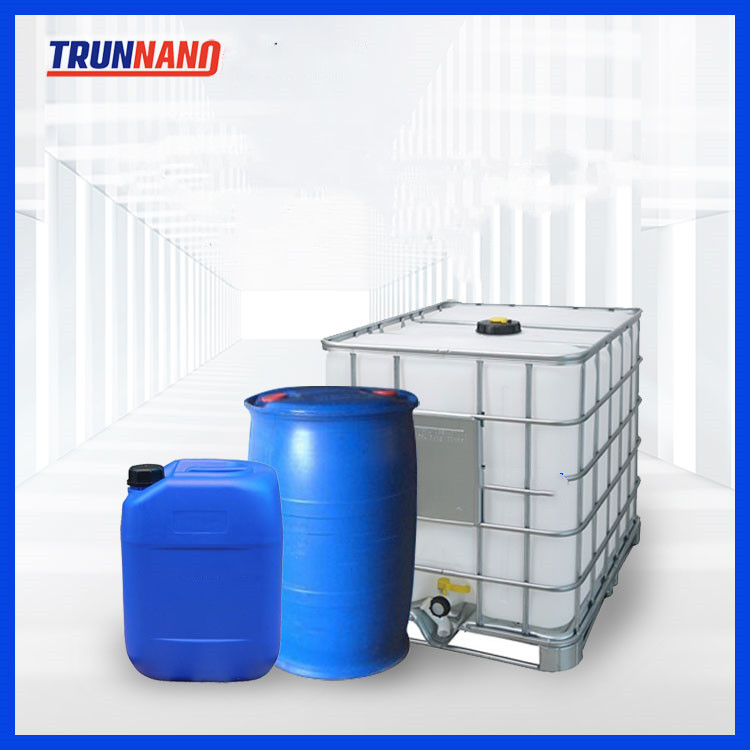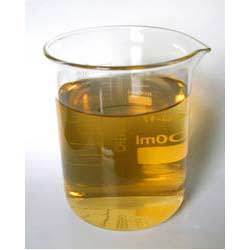Professional solutions on concrete addtives, Concrete Foaming Agent, Superplasticizer, CLC Blocks Additives, and foaming machine
(What problems should be paid attention to when using polycarboxylate water reducer for concrete of C30 and below)
What is Polycarboxylate superplasticizer?
Polycarboxylate superplasticizer has more advantages than traditional naphthalene series and aliphatic superplasticizers when mixing high-strength concrete, but for low-strength concrete whose strength is not greater than C30, its high water-reducing advantages are often Not able to perform. In order to better use polycarboxylate water reducer in low-strength grade concrete, Lianhui Xiaobian believes that the following points should be paid attention to.
Reduce the solid content of polycarboxylate water reducer
The higher the solid content of the polycarboxylate superplasticizer, the lower the dosage will be to achieve the same water reduction rate. When preparing low- and medium-strength concrete, if polycarboxylic acid with high solid content is used, the admixture dosage will be too low, the admixture weight will be increased by 0.5kg/m or the water consumption will be increased by 5kg/m, and the concrete mixture will be There will be big changes, sometimes segregation, bleeding, hardening, and even pipe blockage during construction. On the contrary, reducing the water reducing agent by 0.5kg/m or reducing the water consumption by 5kg/m, the workability of the concrete mixture is also difficult to guarantee. . Therefore, when using polycarboxylate superplasticizer to prepare low- and medium-strength grade concrete, it is advisable to use polycarboxylate superplasticizer whose solid content is controlled at 8% to 10% (when the dosage is 1.8%, the water reduction rate is controlled at about 20%). Water agent. The low solid content polycarboxylic acid reduces the sensitivity of the dosage and water consumption. When the water content of sand and gravel fluctuates, it can effectively prevent the workability of concrete from fluctuating greatly, which is convenient for production operators to control.
Choose the right amount of water to ensure the necessary slurry volume
The polycarboxylate superplasticizer has a low dosage (0.15% to 0.35% of the solid content) and a high water reduction rate (when the dosage is high, the water reduction can reach 35% or even higher). Compared with traditional naphthalene-based and aliphatic water-reducing agents, polycarboxylate water-reducing agents have more advantages in reducing water consumption. The water-to-binder ratio of low- and medium-strength concrete is often high. If the water consumption is excessively reduced by the high water reduction rate, the amount of concrete cementitious materials will be reduced, the amount of concrete mixture slurry will be insufficient, and it will be difficult to maintain the good workability of the concrete mixture, which will bring difficulties to the concrete construction. Therefore, when using polycarboxylate superplasticizer, an appropriate amount of water should be selected to ensure a certain amount of slurry, such as: C30 water consumption 165 ~ 175kg/m, C20 water consumption 175 ~ 185kg/m, C15 water consumption 180 ~190kg/m. When using polycarboxylate superplasticizer to prepare low- and medium-strength concrete, attention should be paid to selecting the matching amount according to the water consumption, so that the concrete mixture has good workability. At the same time, attention should be paid to properly adjusting the sand rate to maintain the water retention and fluidity of low-strength concrete.
Pay full attention to the adjustment of aggregate gradation and void ratio
The slurry amount of low-strength concrete with strength grade lower than C30 is generally low. In order to make the concrete mixture have good workability, attention should be paid to the adjustment of aggregate gradation to reduce the aggregate porosity. The lower the porosity of the aggregate, the less the slurry used to fill the voids between the aggregates, and the larger the slurry wrapped on the surface of the aggregate, the more conducive to the improvement of the workability of the concrete mixture. For example, the porosity of the stone is reduced from 43% to 38%. Since the amount of slurry filling the voids of the concrete coarse aggregate is reduced by 50L/m, the concrete mixture slurry is equivalent to an increase of 50L/m, which greatly improves the workability of concrete.
Pay attention to the change of sand fineness modulus
Due to the low dosage of low-strength grade concrete slurry, when using polycarboxylate superplasticizer, the concrete slurry has poor encapsulation, and the sand fineness modulus should be appropriately reduced. Ensure that the content of 0.315mm particles is about 20%. When the porosity of the coarse aggregate of the concrete is large, the concrete is prone to the phenomenon of slurry running and stone leakage, and the concrete has no cohesion. At this time, the amount of fine sand should be appropriately increased. Appropriately increase the sand rate by about 2% to improve workability. However, the amount of fine sand with a small fineness modulus should not be too large to prevent the increase of the specific surface area of the aggregate, the increase of the water demand, and the poor fluidity of the concrete. In addition, when preparing low- and medium-strength grade concrete, due to the small amount of slurry, it is not suitable to use coarse sand with a particle size > 1.18 mm and a high particle content. Such sand should cause the concrete mixture to diverge, poor cohesion and poor water retention. Production is difficult to control.
Polycarboxylate superplasticizer pay attention to compound water retention and thickening components
In low- and medium-strength concrete with cementitious material below 350kg/m, the slump-preserving effect of polycarboxylate superplasticizer is greatly affected by the dosage, but the larger dosage is likely to cause the mixture to segregate and bleed. Therefore, when the concrete mixture has a tendency to segregate, an air-entraining agent or a thickener can be appropriately added to the pumping agent to improve the water retention and cohesion of the concrete, or a polycarboxylate containing a viscosity modifier can be used.
If you are looking for high quality Polycarboxylate superplasticizer, please feel free to contact us and send an inquiry.
(What problems should be paid attention to when using polycarboxylate water reducer for concrete of C30 and below)









